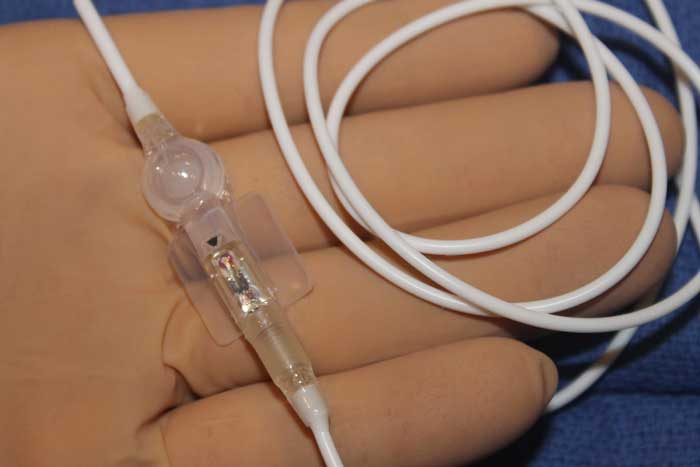
UNIVERSITY OF CAMBRIDGE, ENGLAND – Brilliant theoretical physicist and cosmologist Stephen Hawking has stunned the scientific community once again. After years of researching the stars, he recently turned his sights towards the mysteries of the medical community, developing the “VP Shunt Law.”
Ventriculoperitoneal (VP) shunts are devices used to treat hydrocephalus. They involve a small tube placed into the ventricular system of the brain which is then connected to a flow regulating valve and distal catheter that runs to the abdomen. Shunts are magical in that they can stop working on post operative day 1 or 100 years after insertion and anywhere in between for no good reason at all. Malfunction symptoms can range from slight headache to rapidly progressive coma and death. Hawking sought to figure out what caused a shunt to fail and why. What he learned, we now know as the “VP Shunt Law.”
“There are a finite number of shunts in the known universe,” explains Hawking. “When a new patient gets a shunt, someone else with a shunt dies, probably due to a shunt problem. Of the existing shunts, only a certain number are allowed to be working at any given time. When a neurosurgeon revises a broken shunt, somewhere in the universe, another shunt breaks.”
“This makes insanely good sense,” said Genie Marie, pediatric neurosurgery fellow.
Since publication, “Can you guys just come take a peek at the shunt?” consults have skyrocketed.